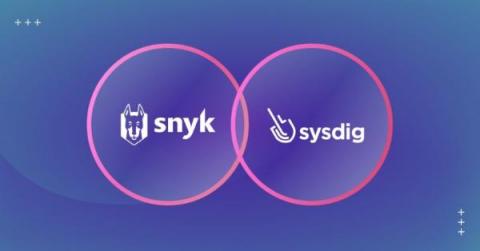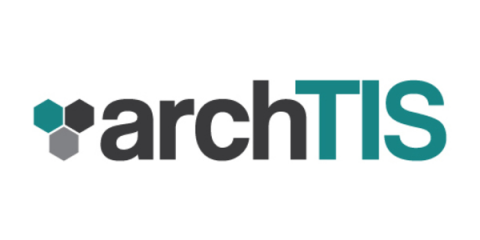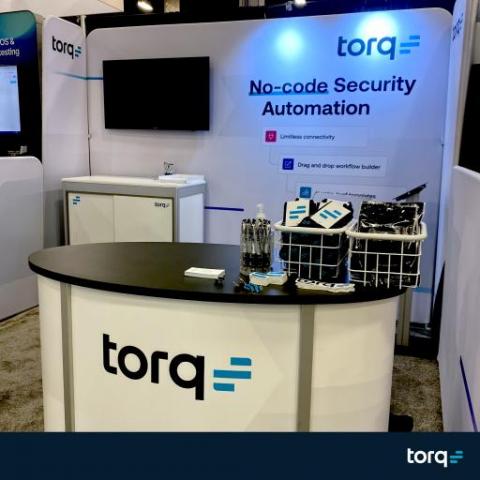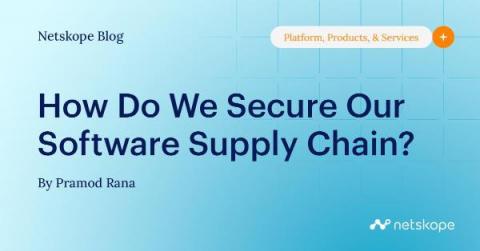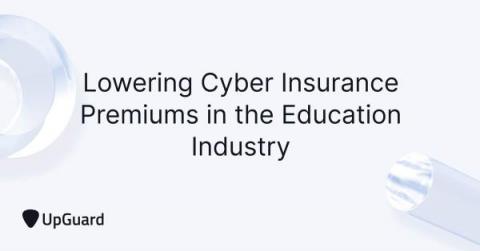8 tips for securing containers from source to runtime
Today we’re announcing a new container security cheat sheet and report — created in collaboration with our partner Sysdig. Download cheatsheet In this post, we’ll outline tips to help you successfully navigate the challenges of container security with a focus on three core principles: Traditional security approaches are incapable of handling the distributed and ephemeral nature of containers.


